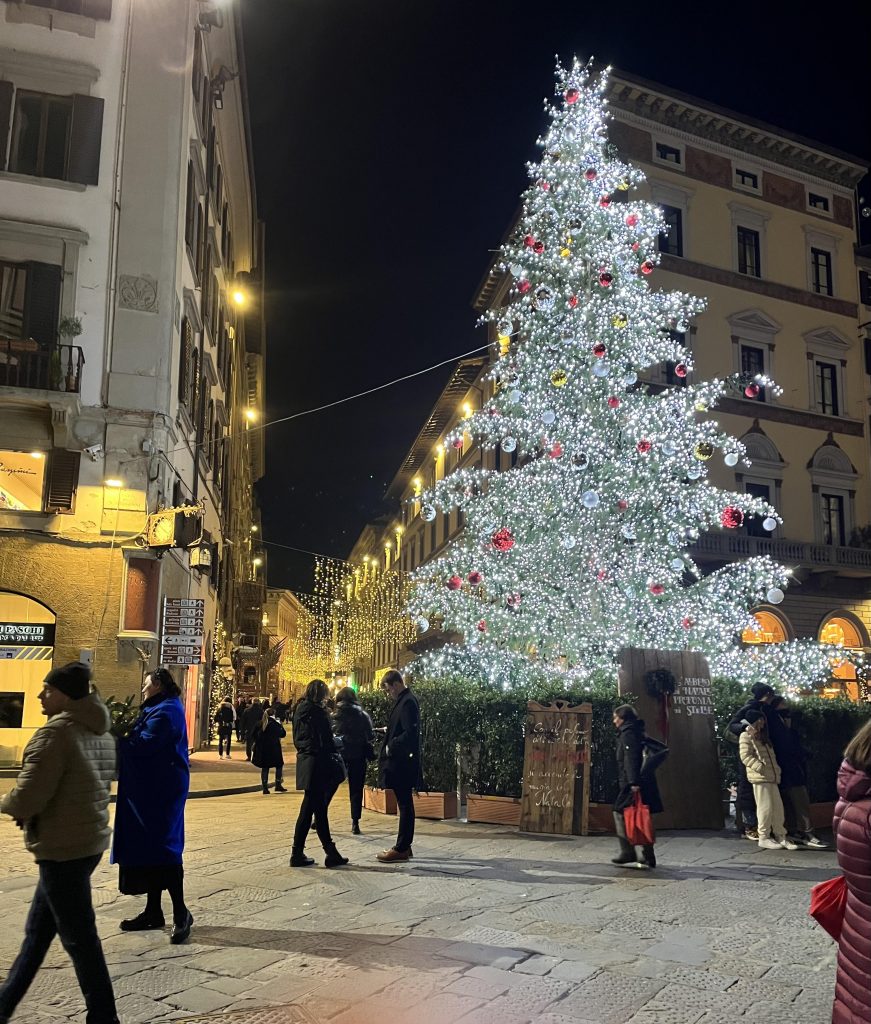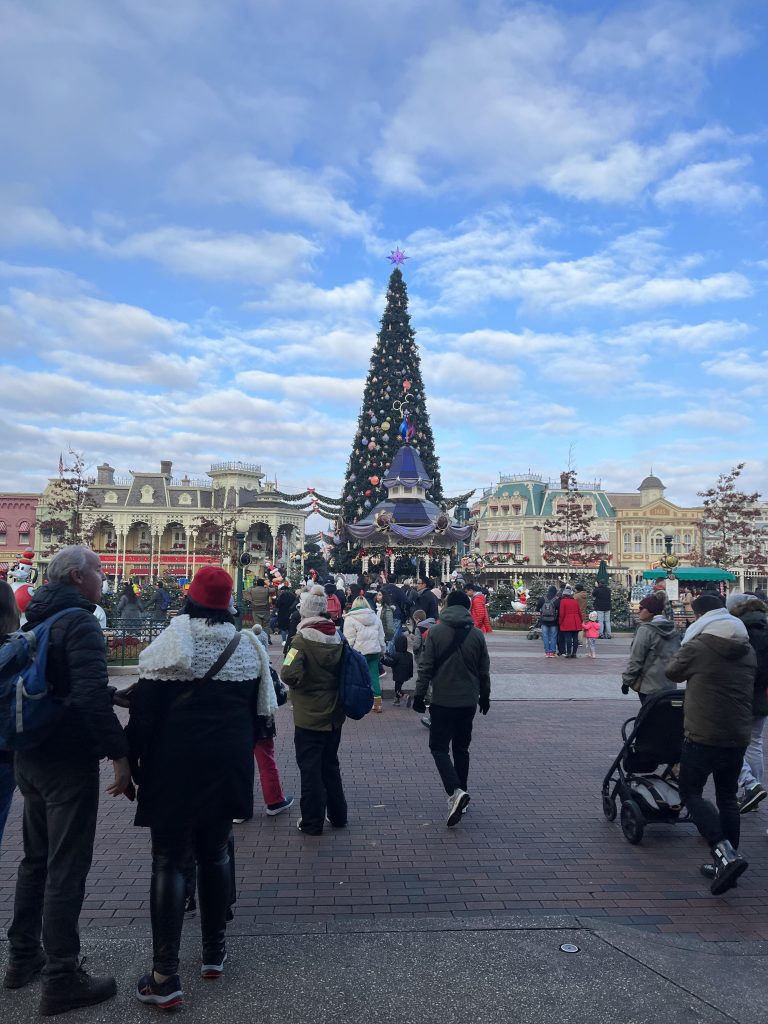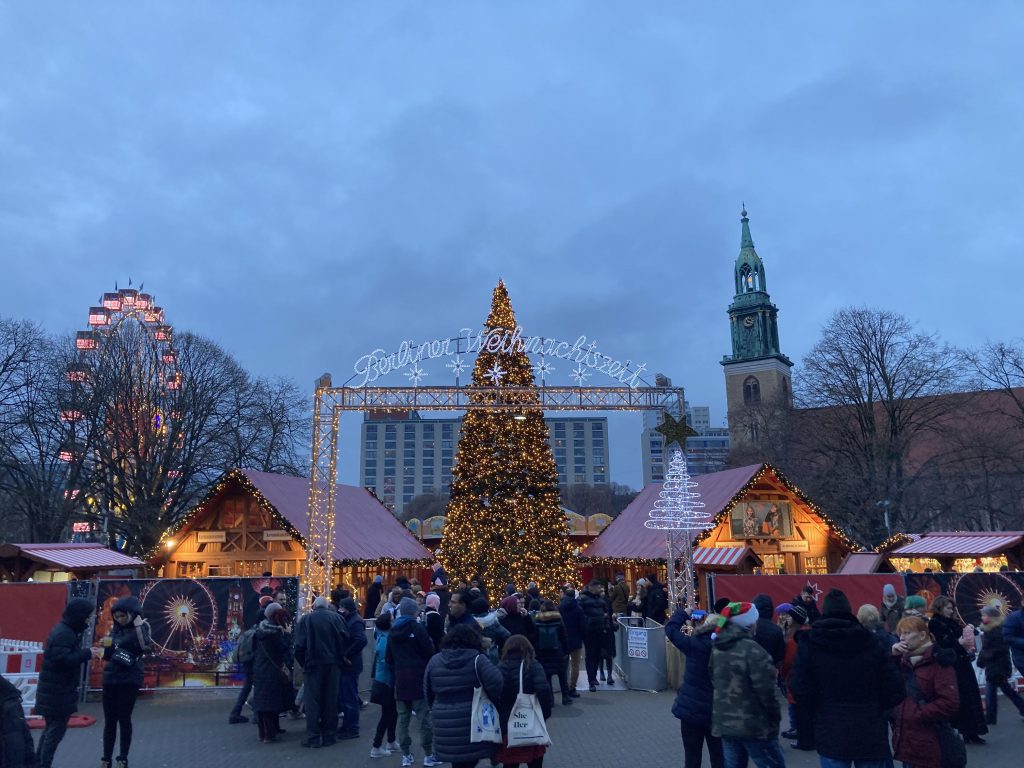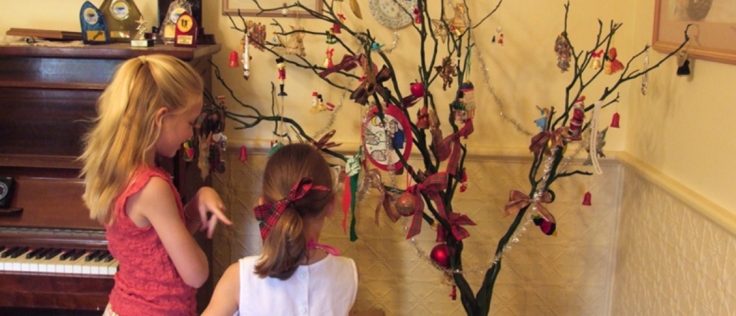Written by Victoria Prince
Tis’ finally the season to be surrounded by the twinkling lights, the scent of pine, and the joyous laughter of loved ones gathered around a beautifully adorned tree!
The Christmas tree, a symbol synonymous with the holiday season, has a rich and fascinating history that stretches back through centuries and across cultures.
So where did the tradition of the Christmas tree come from?

A brief history of the Christmas tree
Long before the Christmas tree became a global holiday tradition, ancient civilisations such as the Egyptians, Romans, and Vikings embraced the symbolism of evergreen trees during winter festivities.
These evergreens, symbolising life and fertility in the harsh winter months, were deeply rooted in pagan celebrations.
The transition from ancient pagan rituals to Christian traditions eventually transformed the evergreen into the iconic Christmas tree we know today

The roots of the modern Christmas tree can be traced back to western Germany.
Initially, originating as a “paradise tree” during medieval times, it featured in a popular play about Adam and Eve.
This tree was adorned with apples to symbolise the Garden of Eden and was incorporated into German homes on December 24th, the religious feast day of Adam and Eve.
It later evolved to include various-shaped cookies and by the 16th Century German Christian’s were believed to have brought evergreen trees into their homes, decorating them with candles to symbolise the light of Christ.
The 19th century saw the Christmas tree tradition gain widespread popularity, due to the Queen Victoria, Prince Albert, and their children gathering around to decorate the Christmas tree.

Global perspectives
In India, mango or banana trees may be adorned in place of traditional evergreens.
Today, the Christmas tree stands as a universal symbol of joy and unity, weaving together the threads of history, religion, and diverse cultural perspectives.
Whether it’s lit candles in Germany, origami in Japan, or unique local touches elsewhere, the Christmas tree unites people across the globe in the shared spirit of celebration, reminding us all of the magic and wonder of the holiday season.
My family’s Christmas tree tradition
Over 25 years ago, well before the arrival of my siblings and me, my parents sought to break away from conventional Christmas tree choices.
They longed for something affordable, different and unique.
Our unconventional tree is no evergreen spruce, fir or store-bought tree; instead, it’s an old branch from a gumtree in Beni Forest, Dubbo.
This humble branch, lovingly handpicked by my parents, has a story of its own.
After initially selecting a branch from a friend’s property, my mum took on the challenge of transforming this dead branch into a stunning centrepiece by painting it a rich forest green.
And so, our one-of-a-kind Christmas tree stands proudly each year, symbolising not just the holiday season but also the uniqueness and creativity that define our family’s traditions.











